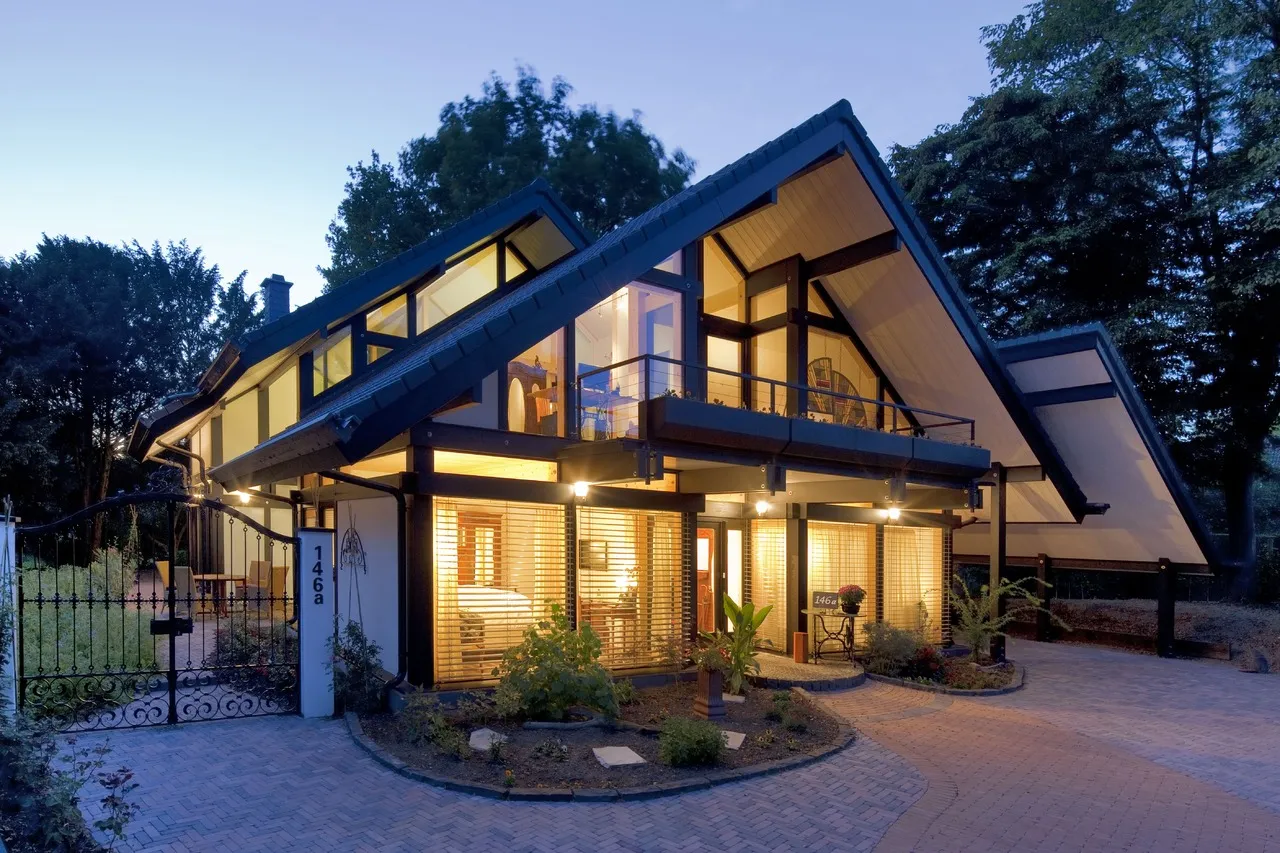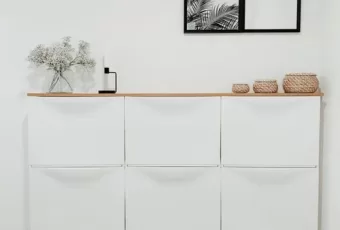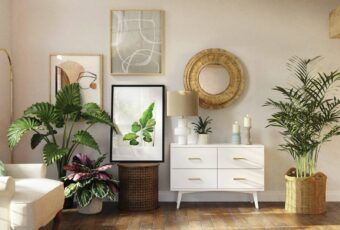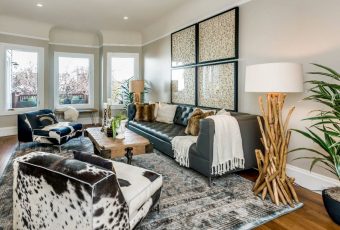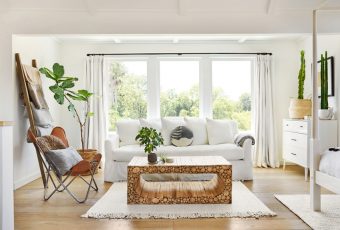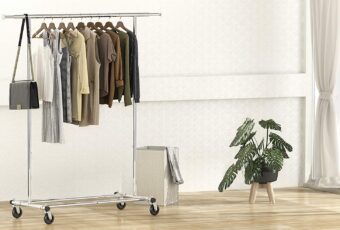There were plenty of reasons why incorporating sustainable designs in your home are beneficial. You can help reduce harmful emissions, reduce resource waste, restore natural resources, conserves water, helps maximize the building longevity, and even helps to boost your property’s value. Luckily, there are plenty of ways you can make your interior design more eco-friendly. Here are some ways you can accomplish this.
Incorporate Energy Efficient Architecture
If you’re at the stage of building your home, then it’s the perfect opportunity to start with eco-friendly design.If you’re able to, choose architecture and design that helps minimize energy use. You can use non-carbon based energy sources, solar power, insulating windows, curtains, and carpets. You can also have a light color scheme in the home that will help minimize heating and lighting.
Try Out Retrofitting
If you’re updating an existing home, you can update the pre-existing structures by retrofitting. Bolster and strengthen built-ins, walls, or try to add modern additions to your home. You can retroactively add in green solutions, which will also help lower your expenses in the long run.
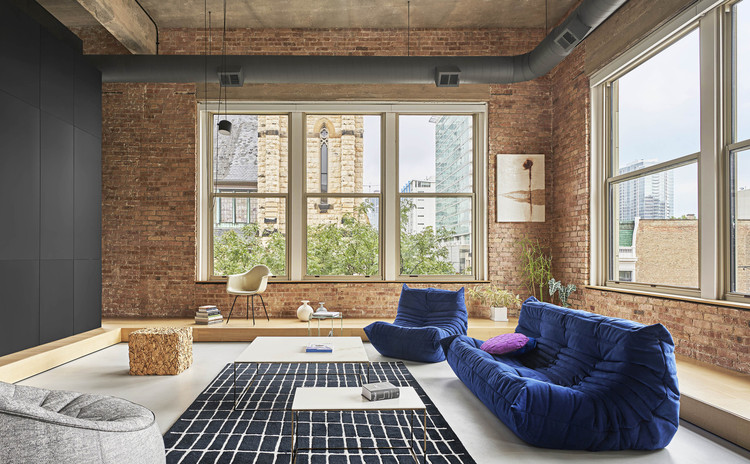
Try Out Retrofitting
Low Impact Materials
Opt to avoid using materials that use fossil fuels, plastics, nylon, Styrofoam, and polyester. Choose low impact materials instead that are non-toxic and renewable. These include wood, bamboo, compressed earth, recycled metals, and cork. There are also new fabrics like Qmonos and Tencel that are made from synthetic spider silk and wood pulp. Both are biodegradable.
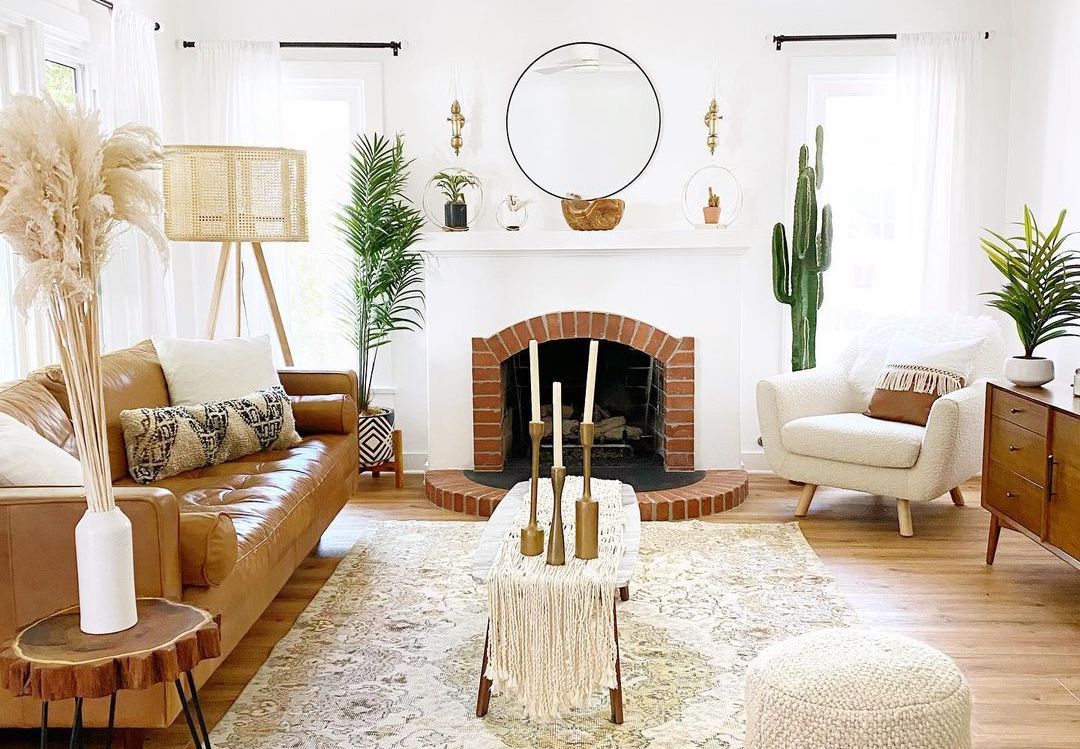
Low Impact Materials
Reclaim & Recycle
Look at the furniture that you have and decide if you have any pieces that can be reupholstered or refinished. This way, instead of throwing them out and buying new, you can revamp your existing furniture and cabinets without contributing more waste and still feeling like your home has a brand new look.
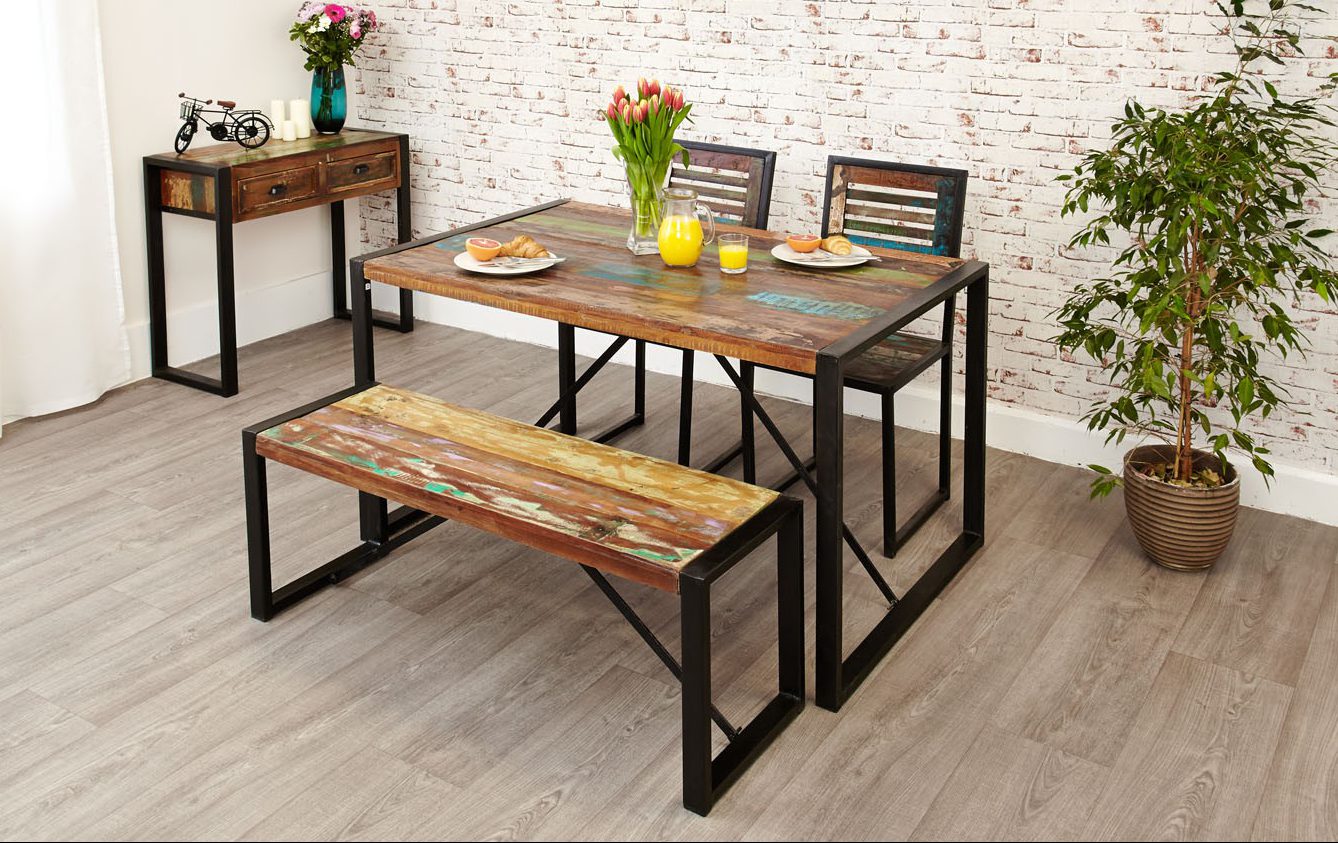
Reclaim & Recycle
Use Energy-Efficient Lighting
Lighting is very key when it comes to your interior design, but it’s also the most affordable way to upgrade your home to become more green and eco-friendly. Get energy efficient fixtures and incorporate smart glass, skylights, and larger windows if you can. You can use LEDs and composite fluorescent bulbs.
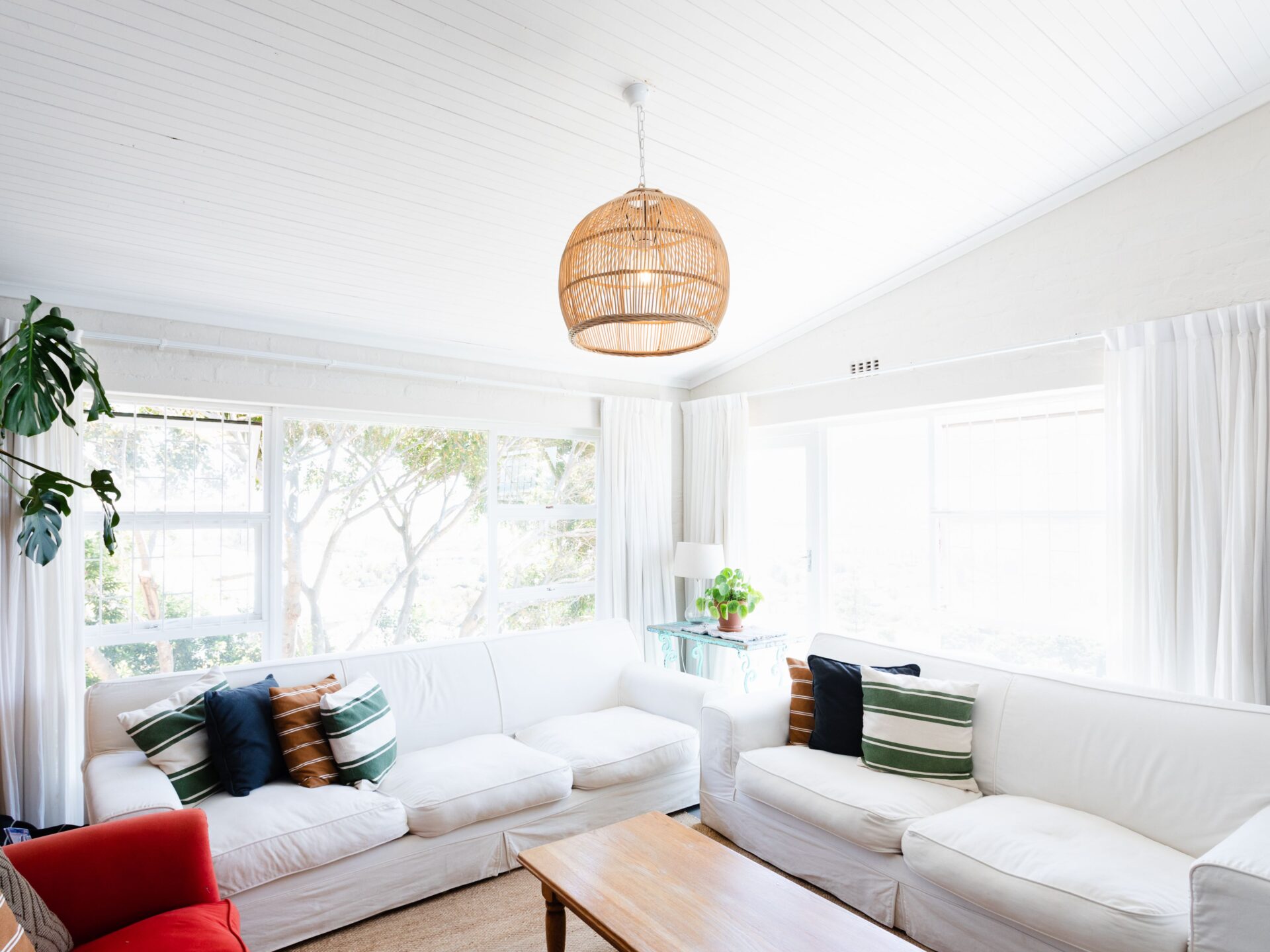
Use Energy Efficient Lighting



